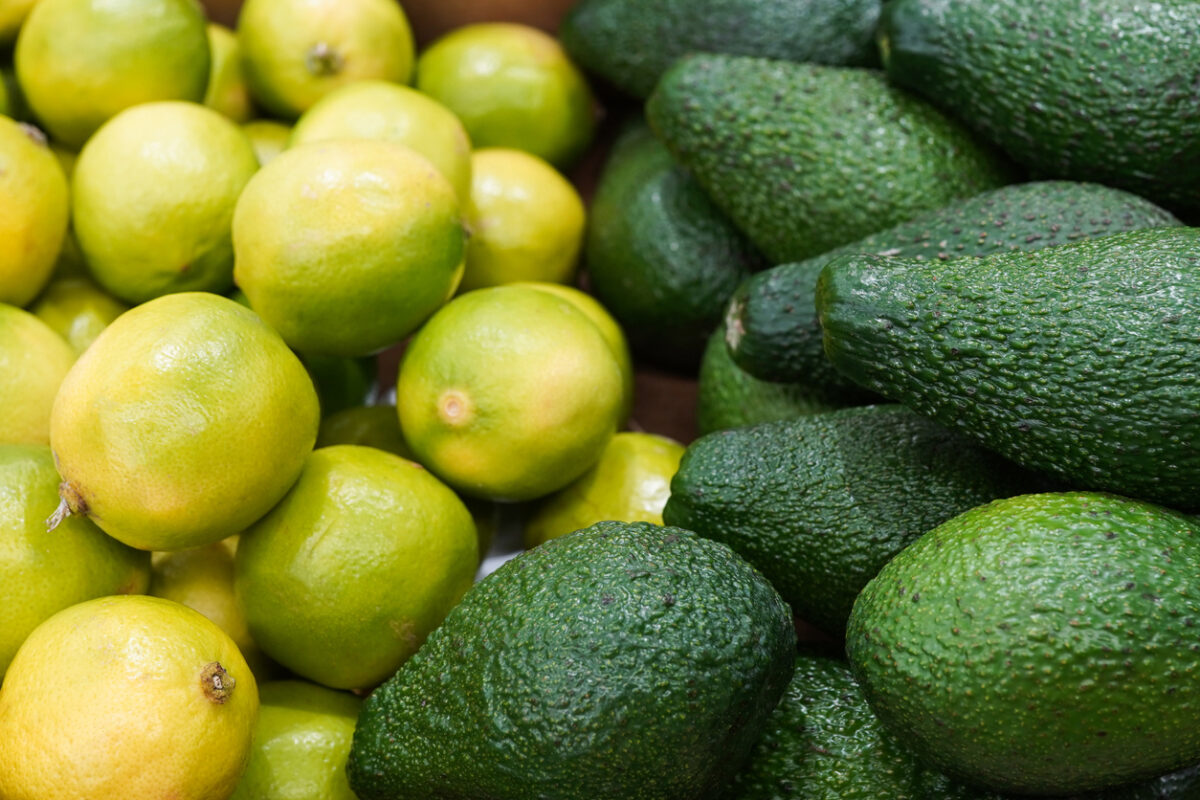Researchers at the University of Tokyo develop edible ‘cement’ from food waste

Two material scientists from the University of Tokyo Institute of Industrial Science have discovered a way to make an edible ‘cement’ from discarded fruit and vegetable scraps.
The cement-like product is made with a heat pressing technique that is normally used to turn wood powder into construction materials.
The researchers took “pulverised food scraps” including seaweed, orange, onion, cabbage leaves, banana peels and pumpkin and mixed their powders with water and seasonings. The mixture was then pressed into a mold at a high temperature to set it.
The product has been tested on its appearance, taste and smell, as well as its bending strength.
“Our goal was to use seaweed and common food scraps to construct materials that were at least as strong as concrete,” said Yuya Sakai, senior author of the University of Tokyo study and associate professor of Industrial Science.
“But since we were using edible food waste, we were also interested in determining whether the recycling process impacted the flavour of the original materials.”
Sakai came up with the technology while researching sustainable materials that could perform like cement-based concrete and perhaps eventually replace it. Sakai came up with the technology while researching sustainable materials that could perform like cement-based concrete and perhaps eventually replace it. According to the think tank Chatham House the production of cement is responsible for 8% of the world’s carbon dioxide emissions.
Furthermore, hundreds of billions of pounds of edible fruit and vegetable peels are wasted globally every year by the food industry and households, which prompted the researchers to find a new recycling solution.
In 2019, approximately 5.7 million tonnes of edible food waste was produced in Japan, an amount the country aims to reduce significantly by 2030.
Kota Machida, a senior collaborator on the project added: “With the exception of the specimen derived from pumpkin, all of the materials exceeded our bending strength target.”
“We also found that Chinese cabbage leaves, which produced a material over three times stronger than concrete, could be mixed with the weaker pumpkin-based material to provide effective reinforcement.”
The product is also resistant to fungi, rot growth and insects and its taste and appearance barely changed after being outside for four months. The material is also completely biodegradable meaning it can be planted in the soil once there is no need for it.
Researchers found that adding sugar or salt to the mixture was able to improve the taste while still retaining strength. To eat the solution once it has been set into cement, a piece must be broken off and boiled.
To prevent rodents and pests from eating it however, the researchers could eventually coat the material in a Japanese lacquer, according to Associated Press.
Beyond building with the edible cement, Machida is working to implement edible food waste materials into other household products. In 2021, he founded a company with two friends called Fabula Inc.. The mission of the business is to collaborate with other companies to develop furniture, cutlery, and other utensils from food cement.
The results from The University of Tokyo study will be revealed during the 70th Annual Meeting of The Society of Materials Science in Japan.








